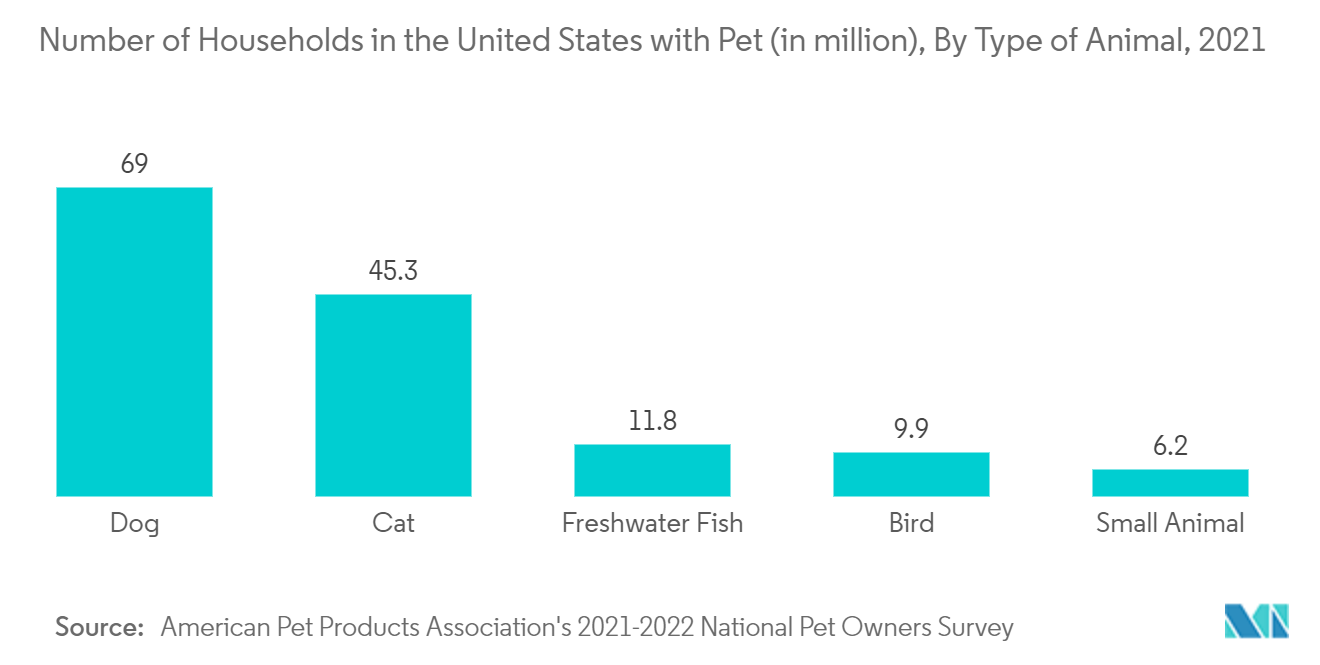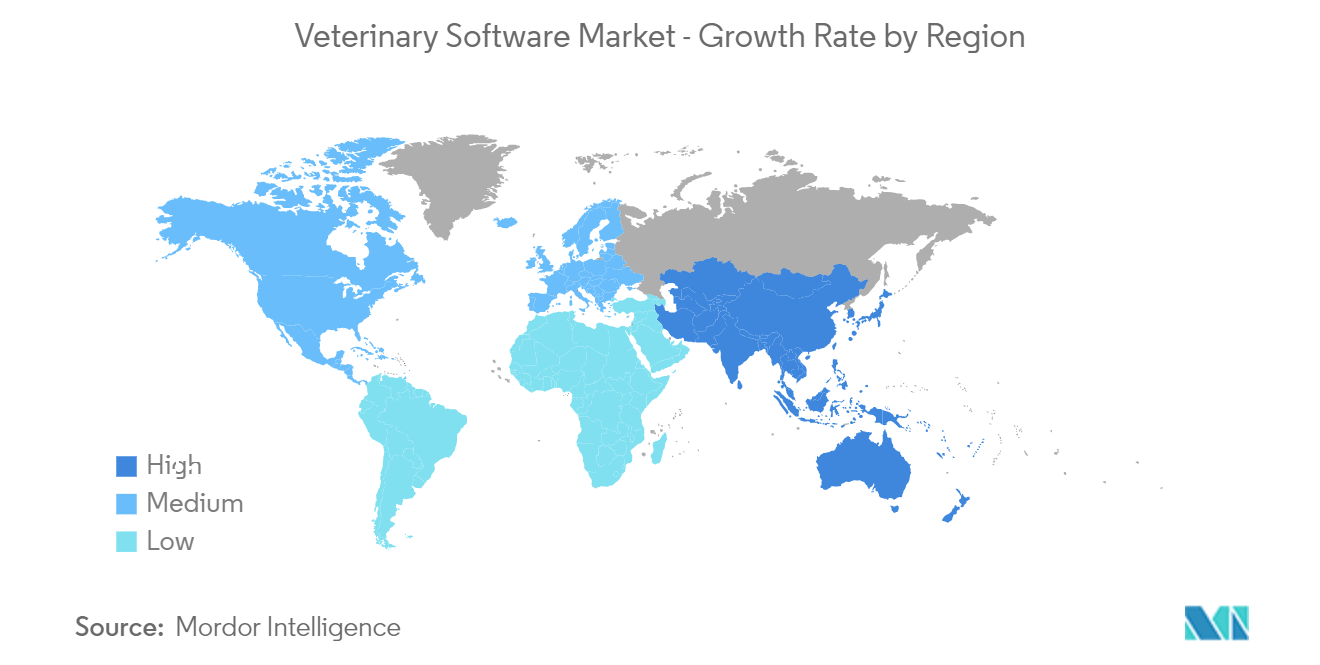Market Trends of Veterinary Software Industry
Practice Management Software is Expected to Witness Considerable Growth Over the Forecast Period
Veterinary practice management software is a tool that helps with the day-to-day operations of a veterinary practice. Veterinarians use veterinary practice management software to manage patient information, treatment planning, and scheduling, as well as back-office functions such as accounting. This type of software helps veterinary clinics with patient diagnosis and treatment management and allows nurses or technicians to provide treatment efficiently. In addition, the administrative staff uses veterinary practice management software to manage patient communication, patient intake, and payments. More advanced veterinary practice management software is available for veterinary hospitals, while scaled-down versions can be used by small clinics or private practices.
Veterinarians primarily use veterinary practice management software for managing patient information, treatment planning, and scheduling appointments. The most common features of the practice management software include after-care instructions for clients, client-patient databases, billing, boarding/grooming, capturing lost charges, client communications, client reminders, electronic medical records, electronic whiteboards, inventory control, and many others.
Certain strategic movements that are seen in the market may accelerate segment growth over the forecast period. For instance, in May 2022, Covetrus, a global leader in animal health technology and services, introduced Ascend, cloud-based practice management software (PMS) built to enable veterinary practices across the United Kingdom, EMEA, and Asia Pacific. The software improves efficiency, streamlines internal communication and collaboration, and creates a better experience for staff and clients. Similarly, in August 2020, Patterson Veterinary upgraded the NaVetor mobile app to simplify curbside and in-clinic patient care. These developments by the major players, such as strategic partnerships and the adoption of new technologies, are expected to boost segment growth over the forecast period.

North America is Expected to Witness Significant Growth Over the Forecast Period
North America is expected to dominate the overall veterinary software market over the forecast period. The major factors propelling market growth include the rising adoption of companion animals and increasing per capita animal healthcare expenditure. For instance, 67.0% of U.S. households, or about 85.0 million families, own a pet, according to the 2020-2021 National Pet Owners Survey conducted by the American Pet Products Association (APPA). Similarly, as per the data provided by the American Veterinary Medical Association, in March 2020, approximately USD 29.3 billion was spent in the country on veterinary care and services. Thus, with the increased awareness and expenditure regarding animal health and the high pet ownership rates, the market is expected to show significant growth over the forecast period in the North American region.
Key product launches, a high concentration of market players or manufacturers' presence, acquisitions and partnerships among major players, and the increasing adoption of pets in the United States are some of the factors driving the growth of the veterinary software market in the country. For instance, according to the American Pet Products Association's 2021-2022 National Pet Owners Survey, around 69.0 million Americans own a dog, 45.3 million own cats, 11.8 million own freshwater fish, 9.9 million own birds, 6.2 million own small animals, 5.7 million own reptiles, 3.5 million own horses, and 2.9 million own saltwater fish. With the increased ownership of pets and livestock, United States citizens have also become more considerate toward the health of these animals. Similarly, in March 2020, Maryland-based VetBilling released a web-accessible, PCI-compliant platform that allows veterinarians to offer in-house payment plans with low financial risk.
Therefore, owing to the aforesaid factors, the growth of the studied market is anticipated in the North American region.


